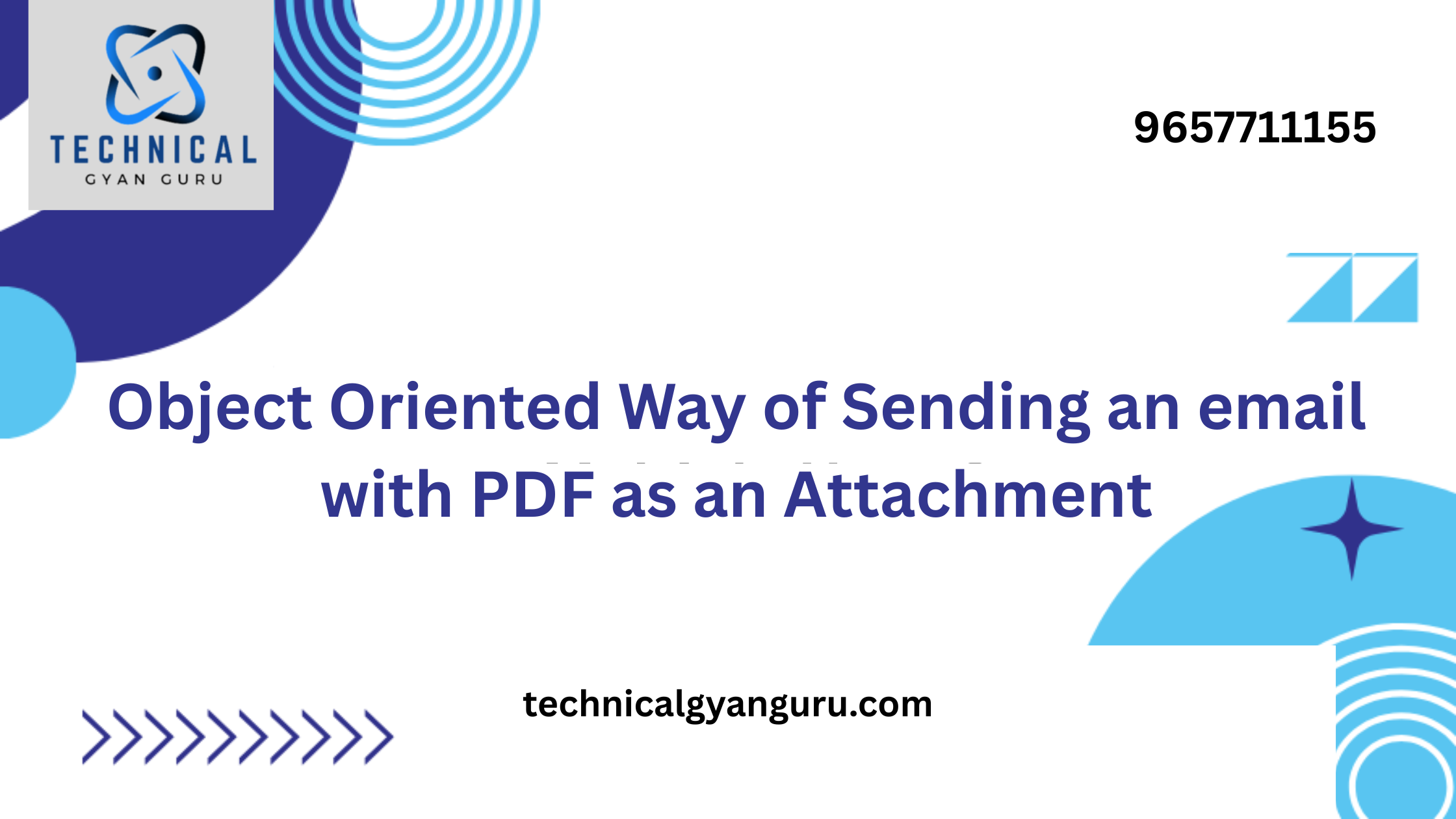Mastering data conversion in SAP ABAP? Discover how to locate fields with conversion exits (…). Unlock hidden functionalities, optimize data flow, and enhance program efficiency. Dive in now!
Ever Felt the Frustration of Data Gone Wrong in SAP ABAP? Unveiling Conversion Exits Can Be Your Hero!
Imagine this: you’ve meticulously crafted an ABAP program, a masterpiece of logic designed to streamline your SAP processes. But then, disaster strikes! Data flowing through your program goes awry, conversions fail, and your carefully constructed reports display gibberish. This data conversion nightmare can be a common source of frustration for ABAP developers. Fear not, fellow coder! Within the hidden depths of SAP ABAP lies a powerful tool waiting to be unleashed: conversion exits. These conversion exits act as customizable conversion routines, allowing you to manipulate data precisely to your needs. By identifying fields with conversion exits, you gain the power to optimize data flow, ensure accuracy, and unlock hidden functionalities within your ABAP programs. This guide will equip you with the knowledge to find these conversion exit heroes and transform your data woes into a triumph of coding efficiency! So, ditch the frustration and embrace the power – let’s delve into the world of SAP ABAP conversion exits!
Locating Conversion Exits in SAP ABAP: Unveiling the Hidden Gems
Now that you’re eager to harness the power of conversion exits, the question arises: how do you identify fields that utilize these hidden gems? Here, we’ll explore three effective methods to locate conversion exits within your SAP ABAP environment.
A. Uncovering the Secrets of Data Elements (LSI Keyword):
Data elements act as the building blocks for data definitions within SAP ABAP. They encapsulate the technical attributes of a field, including its data type, length, and conversion properties. To find conversion exits associated with a specific field, we can leverage the information stored within its corresponding data element.
- Accessing the Data Element: Begin your journey by navigating to the ABAP Dictionary (SE11) transaction. Here, search for the data element linked to the field you’re investigating. Data elements are typically named with a leading “Ἔ” (uppercase Epsilon) symbol, followed by a descriptive name (e.g., ἜMARA-MATNR for the material number field in the material master table).
- Demystifying the “Conversion Routine” Field: Once you’ve accessed the data element view, locate the field labeled “Conversion Routine.” This field holds the key! If a conversion exit function is assigned to the field, the “Conversion Routine” will display the corresponding function module name. This function module name represents the custom conversion logic defined for the field. By noting down this function module name, you’ve successfully identified the conversion exit associated with the field.
B. Leveraging the Power of Where-Used Lists (LSI Keyword):
Imagine having a digital fingerprint that tracks where a specific object is used within your system. In SAP ABAP, where-used lists provide this very functionality. They allow you to trace the dependencies of a particular object, revealing where it’s referenced in programs, reports, or other ABAP elements.
- Generating a Where-Used List: Now that you have the conversion exit function module name from the data element, we can utilize it to generate a where-used list. There are several ways to achieve this. You can utilize transaction SE38 (ABAP Editor) and navigate to the “Utilities” -> “Where-Used List” option. Alternatively, within the SE11 transaction for the function module itself, you’ll find a “Where-Used List” button to initiate the search.
- Unearthing Fields Using the Conversion Exit: The where-used list will display a comprehensive report of all programs, reports, or other ABAP elements that reference the conversion exit function module. By carefully examining this list, you can identify the specific fields within those programs that utilize the conversion exit for data manipulation. This allows you to map the conversion exit to the actual fields it affects within your ABAP environment.
C. Utilizing Code Search Techniques (LSI Keyword):
While the methods above provide a targeted approach, code search techniques can offer a broader perspective. These techniques involve searching the entire ABAP code base for specific keywords or patterns.
- ABAP Code Search Tools: The ABAP Editor (SE38) itself offers basic search functionality. However, more comprehensive tools may be available within your SAP system, depending on your specific configuration. These tools allow you to search across multiple ABAP programs or packages for the conversion exit function module name.
- Identifying Usage Within Programs: By searching for the conversion exit function module name within your ABAP codebase, you can pinpoint the specific lines of code where the conversion exit is being called for a particular field. This approach can be particularly helpful when dealing with complex programs with multiple conversion exits in play.
What are the benefits of using conversion exits in SAP ABAP?
Conversion exits unlock a treasure trove of possibilities for data manipulation within your ABAP programs. Here are some key advantages:
- Custom Data Transformations: Standard ABAP functionality offers a wide range of data conversion options. However, conversion exits empower you to go beyond the ordinary. You can design custom logic to transform data in unique ways to meet specific business requirements. For instance, a conversion exit could be used to format a customer number according to a custom company standard before saving it to the database.
- Addressing Specific Conversion Needs: Certain data conversions might not be achievable using standard ABAP features. Conversion exits come to the rescue! You can leverage them to handle complex data conversions or integrate with external systems that require specific data formats. Imagine a scenario where you need to convert a legacy date format used in an external system to a format compatible with your SAP system. A conversion exit can be tailored to perform this specific conversion seamlessly.
- Enhanced Data Validation and Control: Data integrity is paramount in any SAP system. Conversion exits can be instrumental in enforcing data validation rules. You can embed logic within the conversion exit to check incoming data for specific criteria and prevent invalid data from entering your system. Additionally, conversion exits can be used to implement data encryption or decryption routines, adding an extra layer of security to sensitive data.
Are there any drawbacks to using conversion exits?
While conversion exits offer undeniable benefits, it’s crucial to consider potential drawbacks:
- Increased Program Complexity: Custom logic introduced through conversion exits can add complexity to your ABAP programs. This can make them more challenging to understand, maintain, and debug for yourself and other developers. It’s essential to document conversion exits thoroughly to ensure clarity and maintainability.
- Maintenance Burden: The additional logic residing within conversion exits translates to an increased maintenance burden. As your ABAP programs evolve, you’ll need to ensure the conversion exits continue to function as intended with any program modifications. Regular testing and code reviews become even more critical when dealing with conversion exits.
Conclusion:
Mastering the Art of Conversion Exits in SAP ABAP
Throughout this journey, we’ve unveiled the secrets of conversion exits in SAP ABAP. We began by acknowledging the frustration of data conversion errors and introduced conversion exits as hidden gems with the power to transform your data woes into coding triumphs. We then delved into three effective methods to locate conversion exits:
- Uncovering the Secrets of Data Elements: By accessing the data element linked to a field, you can discover the “Conversion Routine” field, revealing the assigned conversion exit function, if any.
- Leveraging the Power of Where-Used Lists: These lists act as digital fingerprints, allowing you to trace the usage of a conversion exit function module and pinpoint the specific fields utilizing it within your ABAP programs.
- Utilizing Code Search Techniques: For a broader perspective, search your ABAP codebase for the conversion exit function module name to identify where it’s being called within your programs.
We also explored the “People Also Ask” section, addressing the benefits of conversion exits, such as custom data transformations, handling specific conversion needs, and enhancing data validation and control. However, we acknowledged the potential drawbacks of increased program complexity and maintenance burden.
So, are conversion exits right for you? The decision depends on your specific needs. If you require custom data manipulation or advanced data handling, conversion exits offer immense power. However, carefully consider the maintenance implications before implementing them.
By harnessing the knowledge gained from this guide, you can confidently locate and leverage conversion exits to optimize data flow, ensure accuracy, and unlock hidden functionalities within your SAP ABAP programs. Remember, proactive identification and management of conversion exits are key to maximizing program efficiency and achieving data mastery within your SAP ABAP environment. Now, go forth and unleash the power of conversion exits in your ABAP coding endeavors!
you may be interested in this blog here
Is SAP PLM Here to Stay? A Look at the Future of Product Lifecycle Management (2024)








